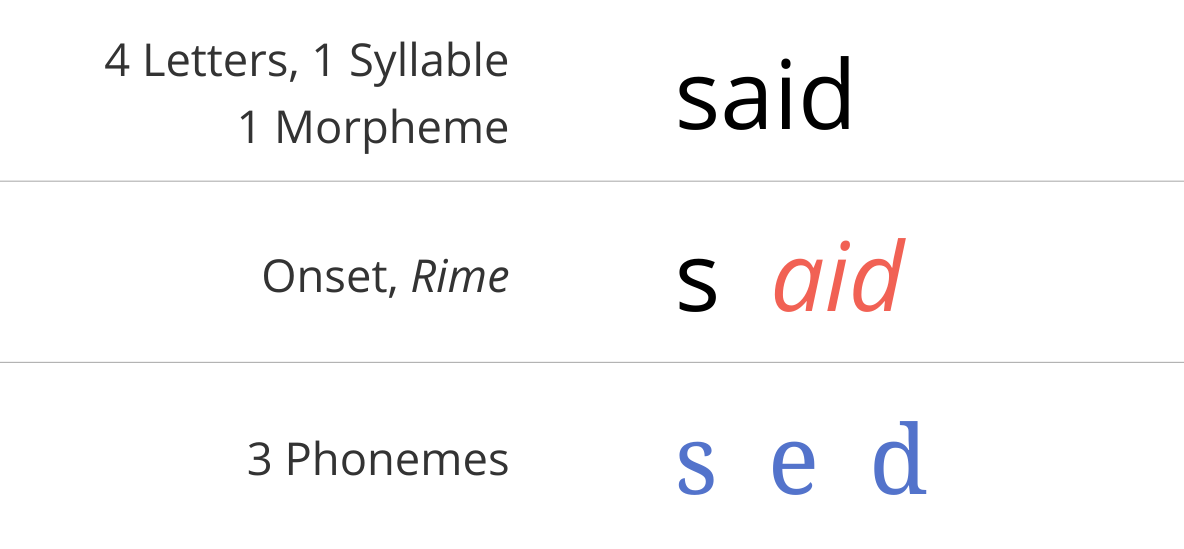intentionally skimming,” said Anderson, “but all of these things are leading to a higher concentration of the neediest kids in fewer [district] schools.”
Charter advocates winced and went on the defensive. Charter detractors grinned and high-fived. Both reactions miss the point.
Statisticians and social scientists argue about the presence and/or impact of this unintentional bias cited by Anderson, what Richard Kahlenberg, senior fellow at the progressive Century Foundation, calls “the self-selection problem that skims the most motivated families into charter schools.” So let’s start by agreeing that many charter schools are subject to unintentional skimming (and note the irony that Anderson’s “One Newark” universal enrollment plan, the subject of much criticism, was created specifically to avoid that bias.)
But this narrow reading of Newark’s public school enrollment template ignores the big picture. New Jersey parents have a long proud tradition of self-selection of schools. It’s as New Jersey as cranberries. Charter school skimming in Newark is just New Jersey’s school segregation problem writ small, an in situ version of a statewide pattern.
There are 21 school districts in Essex County, including Newark, which educate 124,000 students in 247 public schools. The median household income is $55,000, about $16,000 below the state’s median $71,000. The county’s racial makeup is diverse, with equal numbers of white and black residents and a growing Hispanic population. However, as Paul Tractenberg pointed out in these pages last year, Essex is the most segregated county in the state. Twelve school districts are almost entirely white and wealthy. Four, including Newark, “are urban, desperately poor, and almost entirely populated by students of color.”

e = get, head
Dive into said